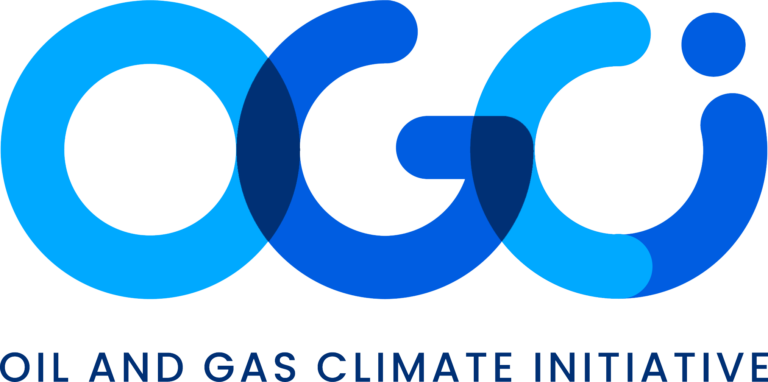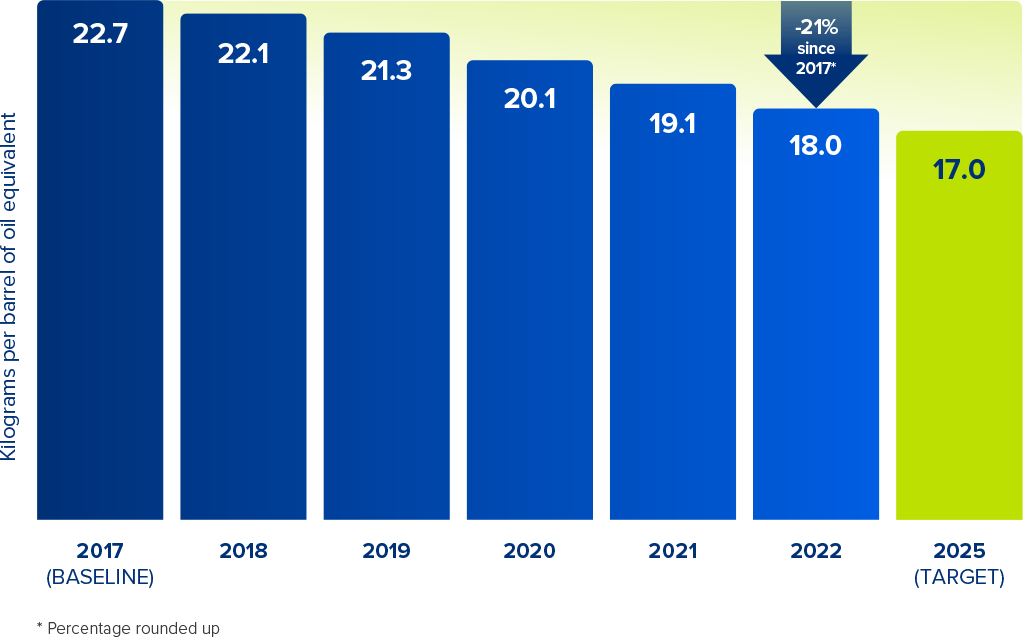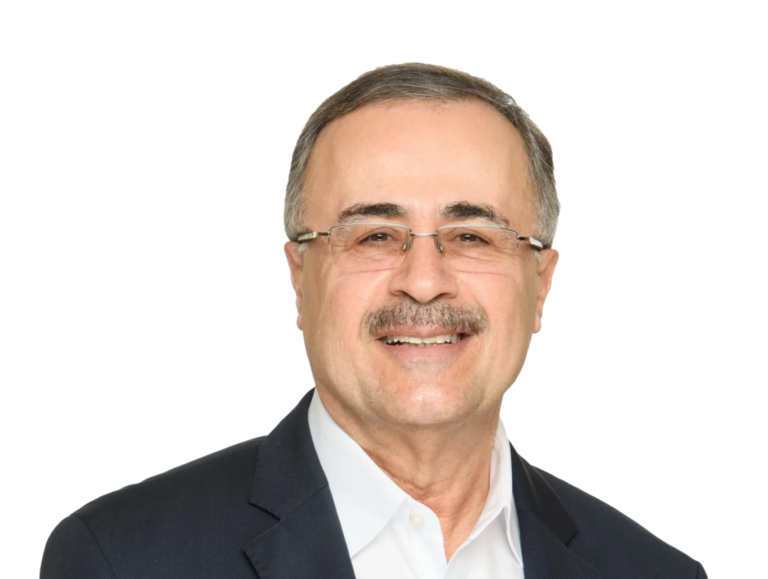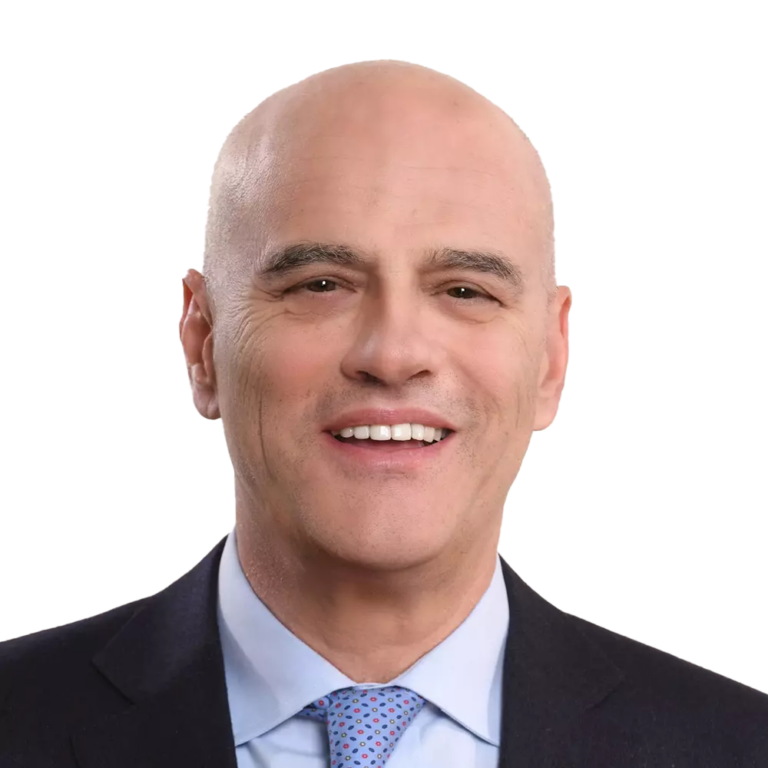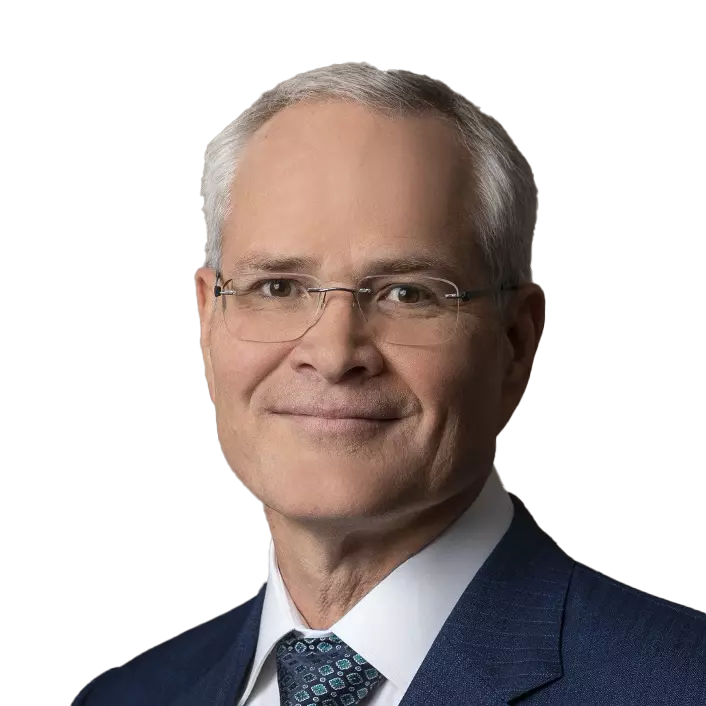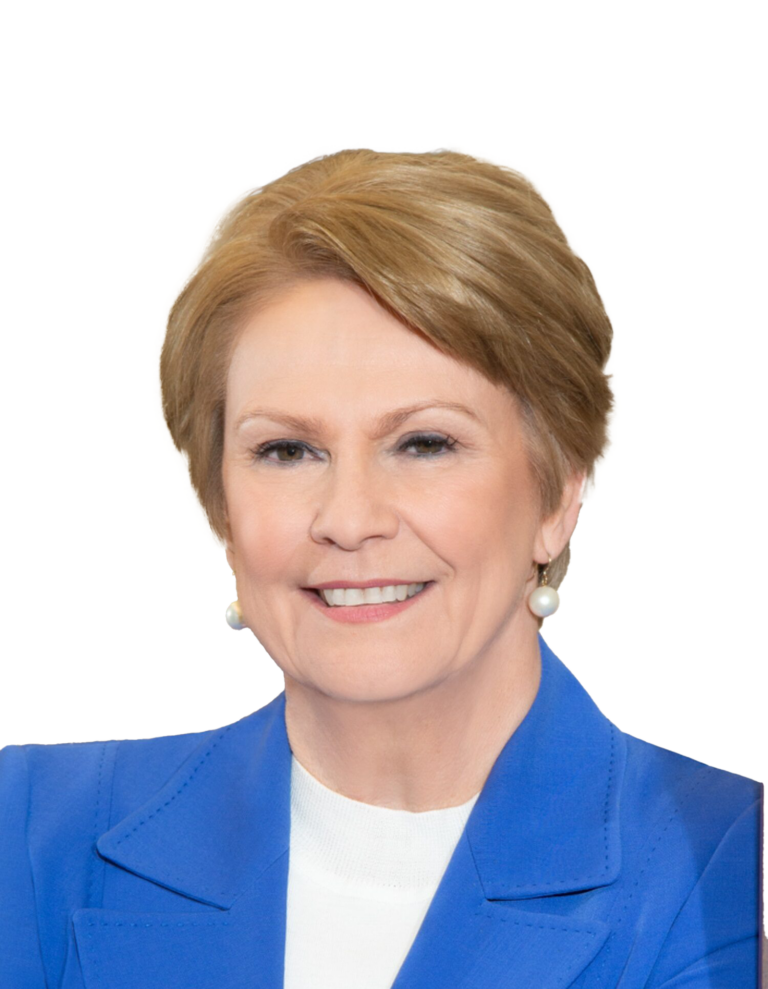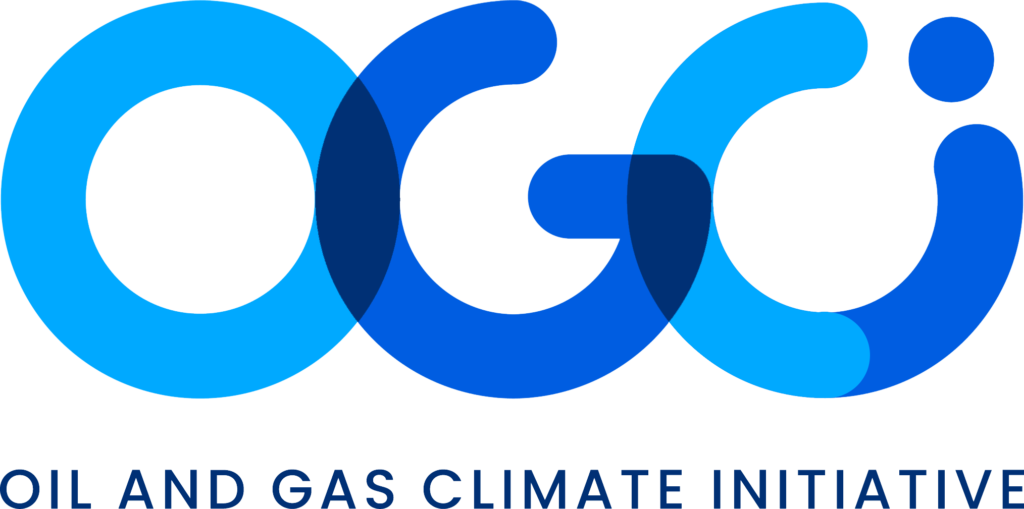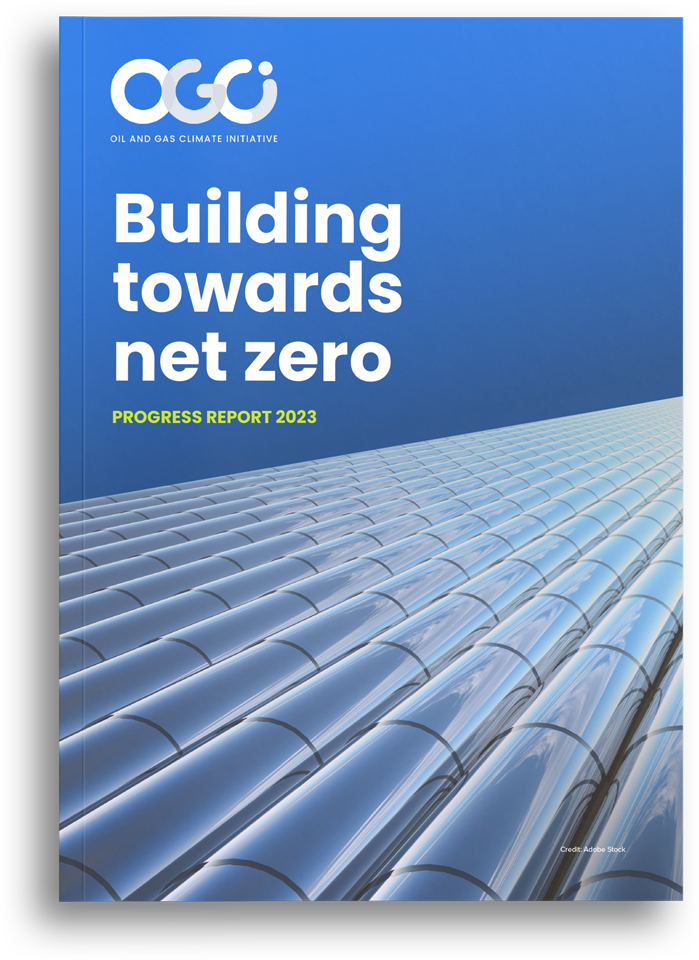As CEOs of OGCI’s member companies, we support the goals of the Paris Agreement, limiting global warming to well below 2°C and pursuing efforts to limit it to 1.5°C. And we recognize that there is a real urgency to act.
This requires international collaboration, an energy transition and a reduction in greenhouse gas emissions from oil and gas.
OGCI and its member companies, by taking individual and collective actions, will help accelerate the energy transition through deep reductions in greenhouse gases.
Our companies together produce almost a third of the world’s oil and gas.
That energy is helping to power the global economy through transport and communications, factories, businesses, homes, schools and hospitals. And it is used to manufacture products that are part of our everyday lives – from smartphones to clothes and cars to medical equipment.
We have an important role to help accelerate the transition to net zero, while continuing to ensure the secure supply of reliable and affordable energy.
To achieve a net zero economy, we are investing in the energy system of the future – including in renewables and biogas, low-carbon fuels such as biofuels, and hydrogen, carbon capture and storage, and carbon removals technologies such as direct air capture.
“Over the past decade, OGCI has transformed from a conversation among CEOs into a group that drives ambition in the industry while supporting the hard daily work of decarbonization.”
Bob Dudley
OGCI Chair and leader of the CEO Steering Committee

Last year, our member companies invested just over $24 billion on low-carbon technologies, including acquisitions, and research and development.
This is almost 66% higher than the previous year and brings the total we have invested in low-carbon technologies since 2017 to $65 billion1.
To strengthen cooperation and spur greater collaboration on measures and approaches to tackle the climate challenge, we have increased the frequency of our engagement with each other over the past year through virtual and face-to-face meetings.
Meeting in person has enabled us to have an open discussion and share knowledge and ideas with each other and explore what’s possible.
These meetings have helped us accelerate the development and adoption of key goals, targets, strategies and initiatives to support net zero – both for the group and for individual companies.
And it has allowed us to demonstrate to the broader industry the actions that can help reduce emissions.
These are some highlights of the progress we made in the past year.
In 2022, the group’s collective greenhouse gas emissions continued to decrease2, thanks to activities such as reducing methane emissions and flaring volumes.
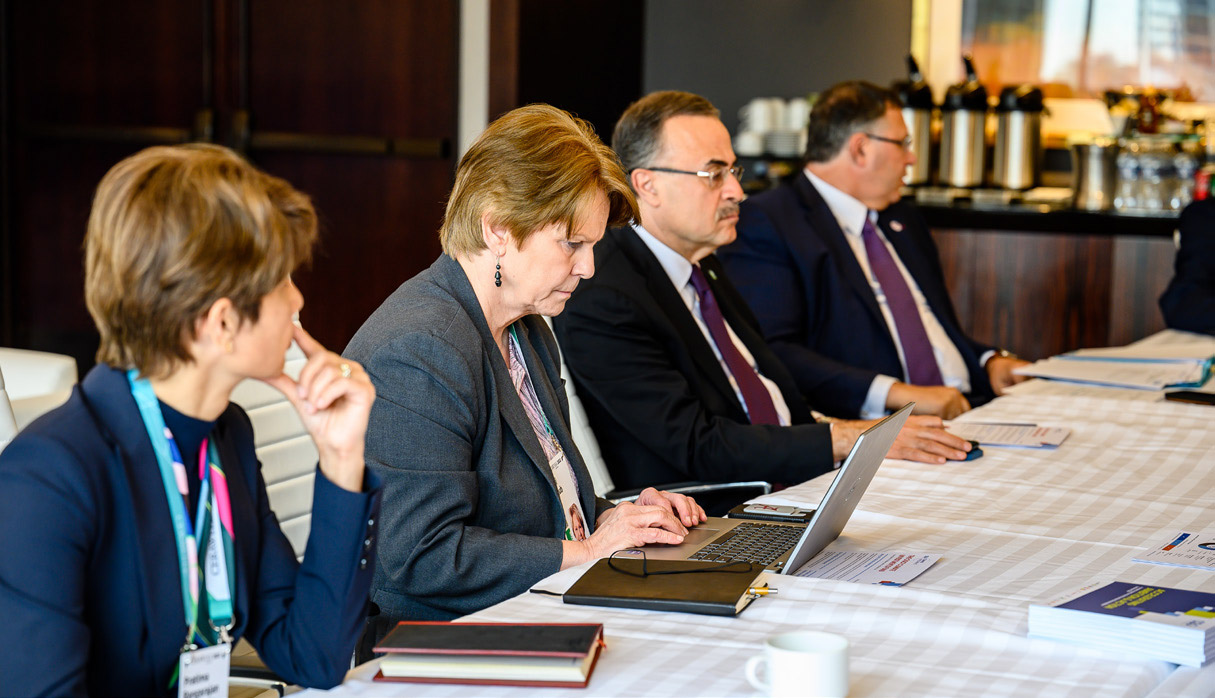
This has put us on track to achieve OGCI’s collective upstream carbon intensity target of 17 kilograms per barrel of oil equivalent by 2025.
Having achieved our methane intensity target of 0.2% ahead of schedule, we’re striving for near zero methane by 2030 in line with the Aiming for Zero Methane Emissions Initiative, which OGCI launched last year.
Support for the initiative, which is open to companies across the sector, now numbers over 90 private and state-run energy companies, service firms, technology providers, non-governmental organizations and consultancies.
To help other companies in the oil and gas industry reduce methane emissions at their facilities, this year we approved an expansion of OGCI’s Satellite Monitoring Campaign to more countries. The campaign has already been successfully running in Iraq, Kazakhstan, Algeria and Egypt.
To support the decarbonization of hard-to-abate sectors such as steel, cement and petrochemicals, we have focused on accelerating the development of global CCUS hubs.
Our companies are now actively involved in developing 40 large-scale CCUS hubs around the world, which have the potential to remove up to 300 million tonnes of CO2 a year by 2030.3 This is equivalent to shutting down 80 coal power plants or removing the emissions of 67 million cars.4
These results demonstrate the importance of OGCI’s role.
This work has helped us to reduce emissions. And we hope it will inspire other companies in the oil and gas industry by demonstrating what’s possible as we help to build a strong foundation for a net zero future.
- OGCI Performance Data
- OGCI Performance Data
- Based on reported CCUS projects which average 7.5-10 mt each. See CCUS Hub
- Calculated using the US EPA GHG equivalencies calculator
- OGCI Performance Data
